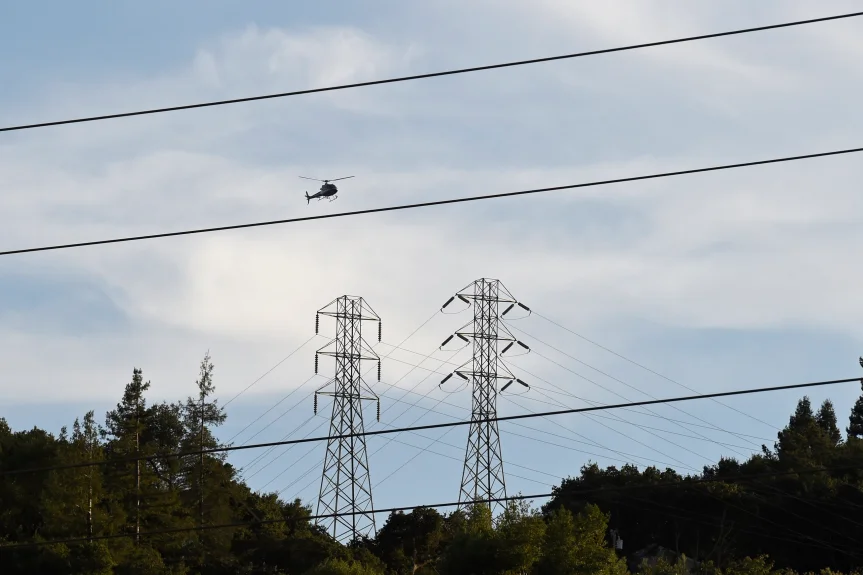Wholesale power markets are big factor in rising monthly bills
PG&E monthly bills will jump more than 9%, state regulators decided on Thursday, a decision that marks the second rate increase this year and extends a dreary string of higher costs for electricity and gas customers of the embattled utility.
The state Public Utilities Commission voted 4-0 on Thursday to approve higher electricity costs by agreeing to a PG&E request in connection with the utility’s electric revenue and rates.
The average residential customer would see an increase of $14 a month in PG&E electric bills, using the utility’s most current estimates, PG&E spokesperson Paul Doherty said late Thursday afternoon. This estimate includes the effect of the California Climate Credit on electric bills.
“This is a significant rate increase,” PUC Commissioner Darcie Houck said in remarks prior to the 4-0 vote of approval Thursday by the state regulators.
The average electric bill of $152 a month is set to increase by $14 to a new total of $166 a month, PG&E estimated. That works out to an increase of 9.2%, according to PG&E’s calculations.
“This is completely outrageous,” said Mark Toney, executive director for The Utility Reform Network, or TURN, a consumer group. “When you add this to the increase at the beginning of the year, this amounts to a 20% increase so far in 2022.”
Customers who are in the PG&E CARE program for lower-income ratepayers also can expect an increase of about 11.7% in monthly bills, or $10.66 a month, Commissioner Houck estimated in her remarks.
Sharply rising costs for electricity and natural gas services have jolted PG&E ratepayers on a regular basis in recent years.
The latest increase arrives on the heels of a big jump in utility costs that went into effect on Jan. 1 of this year, just a few weeks ago.
Here’s how the January bill changes break down for the average PG&E customer, according to approximate estimates that PG&E provided to this news organization in late December.
The figures compare the January 2022 monthly bills with the December 2021 bills: Combined electricity and gas bills in January averaged $221 a month for the typical ratepayer, an increase of $19, or 9.4%, compared with the prior average bill of $202 in December 2021.
Last year’s monthly costs for PG&E customers marked the first time that the average bill topped $200 a month.
The latest approval by the PUC is poised to drive the monthly costs even higher, which leaves PG&E’s utility bills among the highest in the United States.
The increases, set to go into effect in March, are being fueled by rising wholesale natural gas prices, which affect the costs of electricity generated by PG&E’s gas-fired power plants, and by rising wholesale electricity prices.
“These costs are being driven by a few factors: recent drought conditions which have reduced lower-cost hydroelectric generation across the western U.S. and by higher natural gas and wholesale electric energy prices seen in 2021 and forecasted to continue into 2022,” PG&E stated in comments emailed to this news organization.
In recent years, PG&E has attempted to improve its electricity grid safety, heighten reliability and upgrade resilience and curb wildfire risks.
PG&E’s equipment has triggered a series of fatal and destructive wildfires in Northern California over the last several years. PG&E also caused a fatal gas explosion that killed eight and destroyed a San Bruno neighborhood in 2010.
In a forbidding turn of events, more rate increases could besiege PG&E customers this year and in 2023, Toney warned.
PG&E is likely to seek $5.5 billion in connection with wildfire mitigation efforts and could request billions more for the cost of putting electric power lines underground as a way to reduce wildfire risks, Toney said.
Even worse, prospects loom for a “30% increase” in connection with PG&E’s general rate case, a rise in monthly bills that could materialize with the next year or so, Toney said.
“This is just the tip of the iceberg,” Toney said. “There is a whole trainload of other bill increases that are coming. This is outrageous and unsustainable.”




